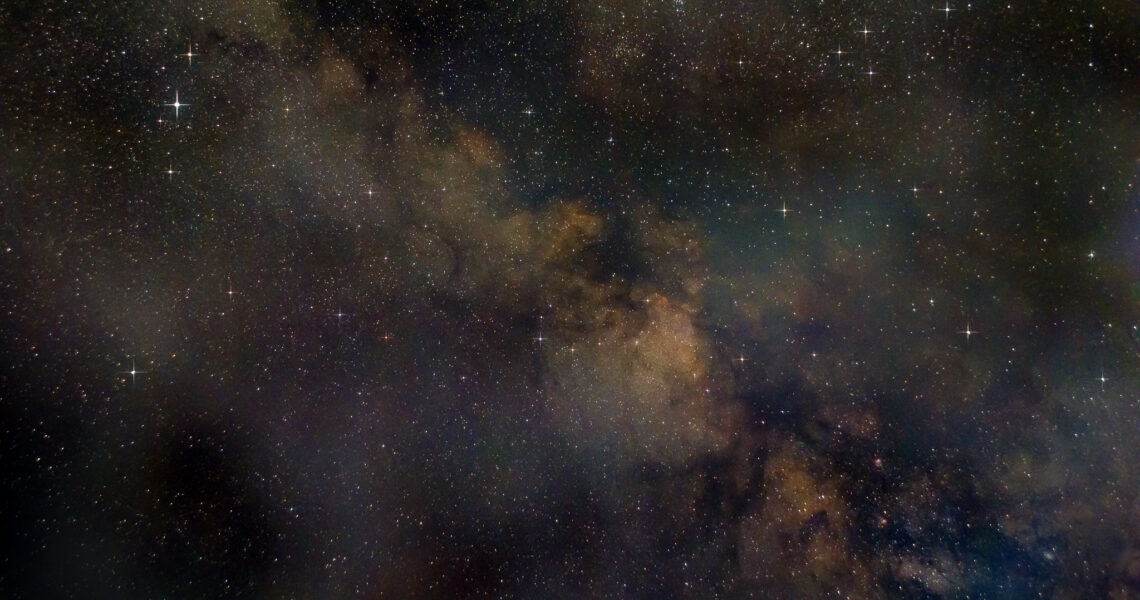
Milky Way
6 July 2023Lots of people get started in Astro with Moon shots and Milky Way photos. I did plenty of moon pics (see previous Moon Photography post), but had never tried the Milky Way.
Last night was forecast to be fairly clear, so I thought I’d have a try. It was a lazy effort really! I decided to shoot from the good old upstairs window and I pulled out the little Nano Tracker for the first time in ages.
I started by lining things up with a 50mm lens, but really needed something wider, so I then opted for my all-rounder Tamron 18-200mm, which I’d never really used for Astro. The widest I could get was 25mm or I ended up with the window frames in view (doh!) and I was also limited to about half an hour of tracking before they crept in the side of the shot!!
Conditions weren’t great – I’m not in a very dark sky area, so you can’t really make out even a trace of the Milky Way with the naked eye; there was also a little cloud around and streetlights were still on. I’d intended to keep going beyond 1am, when one closeby streetlamp switches off, but the cloud had increased before then, so I gave up.
I tried swapping windows part way through, getting about 36 frames in the first batch then 66 in the second. Unfortunately DSS wouldn’t stack both sets together so I opted for the 66 frames (just over half an hour)
Not a bad result after some fairly standard processing and only a little bit of cropping to avoid a tree and a window frame that photo-bombed my efforts!
In conclusion, I’d like to get another, wider Milky Way shot. Ideally I need to find a wider view of the Southern Sky – my South view is a bit cluttered by foliage; great for long lens shots, but no so good for wider.

66x30second exposures, f/4.5, ISO400
